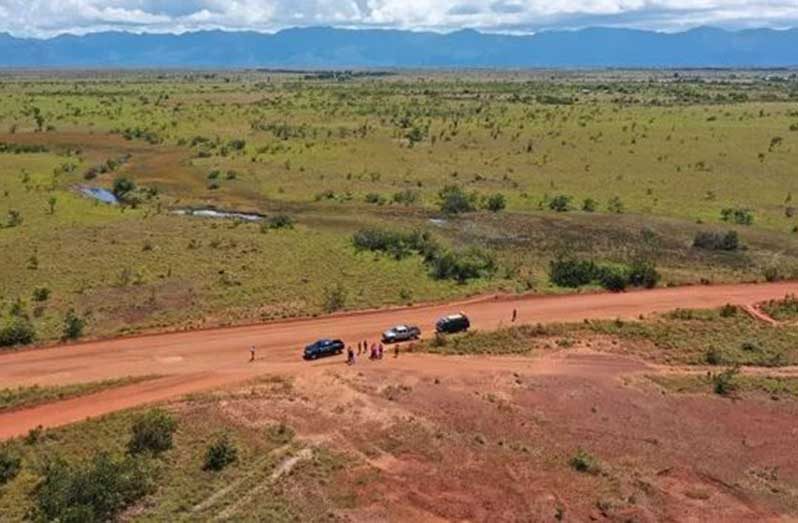THE government of Guyana has announced a significant investment of $800 million to upgrade internal roads in several Amerindian villages located in Region Nine. This initiative aims to enhance infrastructure and improve living conditions in the hinterland communities of Nappi, Shulinab, Karaudaunau, and Awarewaunau.
Minister of Public Works, Bishop Juan Edghill, made the announcement during a visit to Nappi Village on Monday. He emphasised the government’s commitment to prioritising internal road development as part of its broader infrastructural transformation agenda. “We have been doing a tremendous amount of work on main roads. In this wave of infrastructural development and transformation, we are addressing internal roads as well,” Minister Edghill stated.
During his address, the minister recognised the efforts of Nappi residents in maintaining their roads but acknowledged ongoing challenges, particularly with dust. To tackle these issues, a collaborative approach has been established involving the Toshao, village council, engineers, and contractor Condor Construction Inc. to identify priority areas for road upgrades.
Nappi Village is set to receive $149.3 million for the transformation of its roads from laterite to asphaltic concrete. In Shulinab, Theodore Faria General Contracting Service will undertake internal road network upgrades at a cost of $67.8 million, while Karaudaunau will benefit from similar works valued at $55.6 million, executed by Beerdat Harrinandan. Awarewaunau will see its roads upgraded by G and M Construction Incorporated at a cost of $74.8 million.
All projects will involve the conversion of existing laterite roads to asphaltic concrete, significantly improving road conditions and enhancing connectivity within these communities. Works are scheduled to commence shortly, with the ministry’s engineers providing unpriced bills of quantities to ensure resident involvement in the upgrade process.
Minister Edghill reiterated the government’s commitment to delivering high standards of infrastructure development across both hinterland and coastland communities. This investment reflects a broader vision of providing tangible support to hinterland residents, ultimately boosting economic development and improving their livelihoods.



.jpg)










